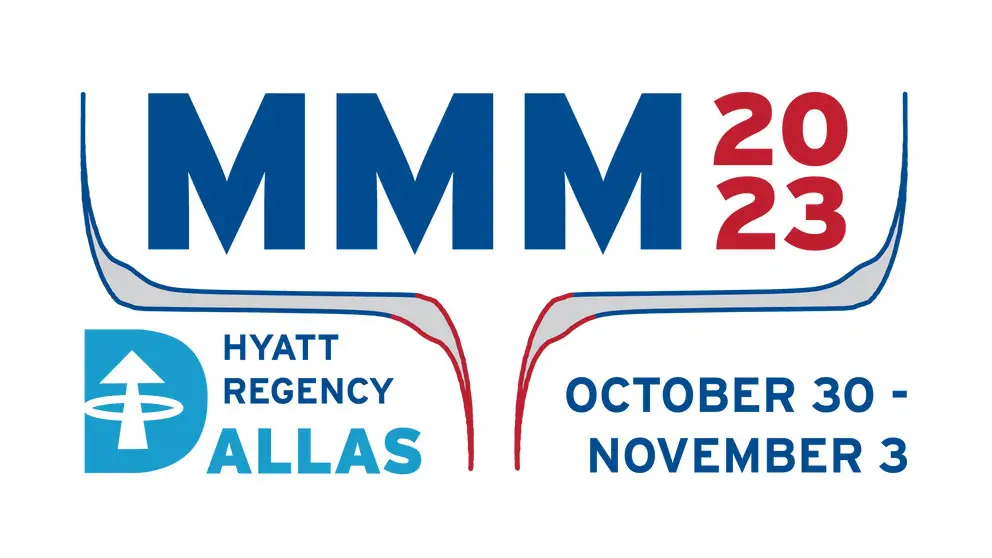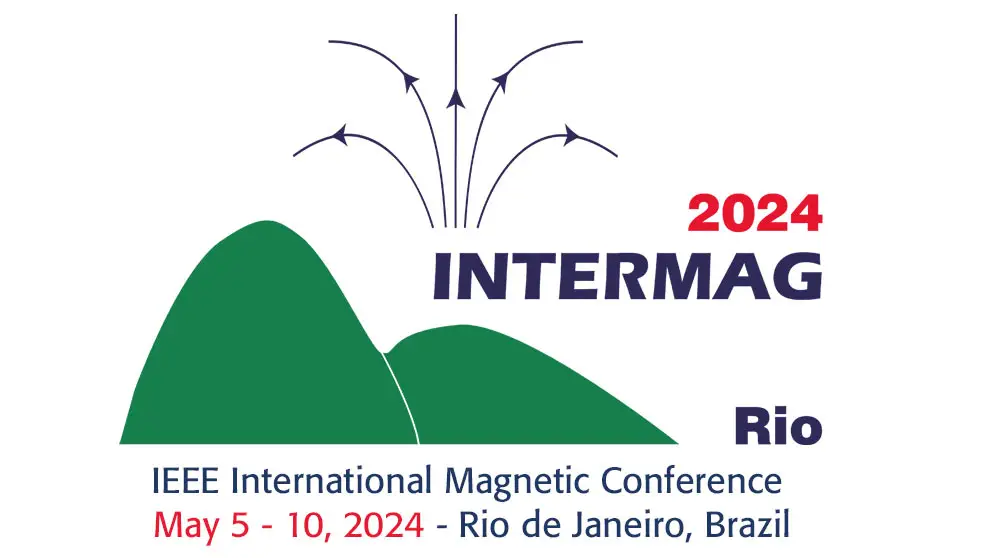DP-12: Suppression of in-plane (001) texture component in FePt-oxide granular films by adding a carbon buffer layer
Kim Kong Tham, Ryosuke Kushibiki, and Shin Saito
Poster In-Person
28 Oct 2023
The L10 type FePt phase is attracting attention as the heat assisted magnetic recording medium material due to its high uniaxial crystalline magnetic anisotropy energy of 5×107 erg/cm3 at room temperature. To obtain a granular structure with fine columnar and isolated magnetic grains, high c-axis orientation, and high degree of order, the research of adding various grain boundary materials (GBMs), such as C1,2), SiO23), TiO24), MgO5), Ta2O56), B2O37) into FePt thin films have been widely conducted. Based on our previous study, most of FePt granular films with oxides have high ratio of in-plane (001) texture component8) than that of with C. Many reports show that the in-plane component is induced by surface roughness, grain size, crystal orientation of MgO underlayer9). To address this issue, we have carried out an experiment to avoid a direct contact between MgO underlayer and oxide GBM by adding a buffer layer in between those layers. In this paper, we will report the evaluation result of nanostructure and magnetic properties of the granular films added with a carbon buffer layer. Fig. 1 shows M-H loops of FePt-B2O3 granular films with various C buffer thickness. Film structure is shown in the inset. Larger hysteresis can be observed with addition of a C buffer layer (0.6 nm). With further increase in thickness of the C buffer layer (1.0 nm), the hysteresis becomes smaller. This suggests that the employment of the thin C buffer layer is effective to improve magnetic properties. Fig. 2 shows in-plane XRD profiles for FePt-B2O3 granular films with various various C buffer thickness. For all films, mainly, the (110), (200), and (220) diffractions from L10-FePt phase are observed, which indicates that FePt grains have c-plane sheet texture. Concerning other diffractions, the integral intensities of (001) diffraction for FePt-B2O3 granular films with the C buffer layer (> 0.6 nm) is significantly reduced which indicates that the ratio of FePt grains with their c-axes parallel to film normal is reduced by using the C buffer layer.References: 1) J. S. Chen et al., Appl. Phys. Lett., 91, 132506 (2007). 2) A. Perumal et al., J. Appl. Phys., 105, 07B732 (2009). 3) E. Yang et al., J. Appl. Phys., 104, 023904 (2008). 4) Y. F. Ding et al., Appl. Phys. Lett., 93, 032506 (2008). 5) Y. Peng et al., J. Appl. Phys., 99, 08F907 (2006). 6) B. C. Lim et al., J. Appl. Phys., 105, 07A730 (2009). 7) T. Saito et al., Jpn. J. Appl. Phys., 59, 045501 (2020). 8) K. K. Tham et al., 2021 IEEE INTERMAG, 1-5 (2021), doi: 10.1109/INTERMAG42984.2021.9580144. 9) J. Wang et al., Acta Mater., 91, 41 (2015).


